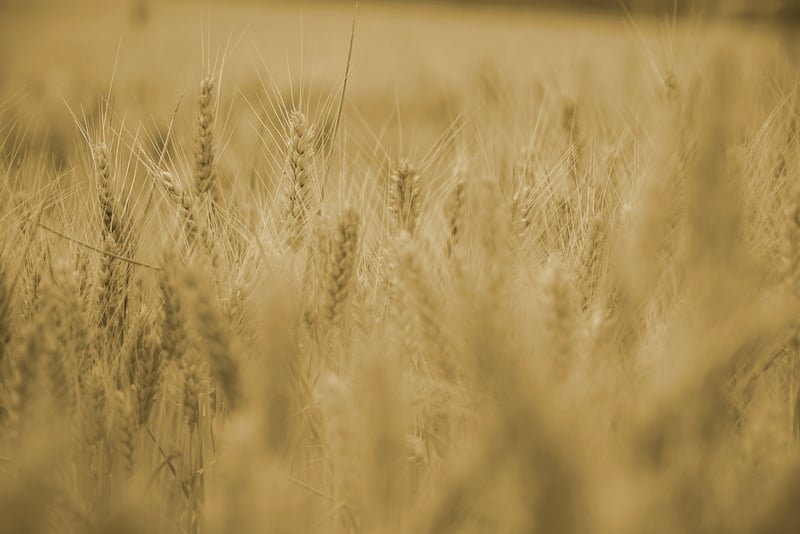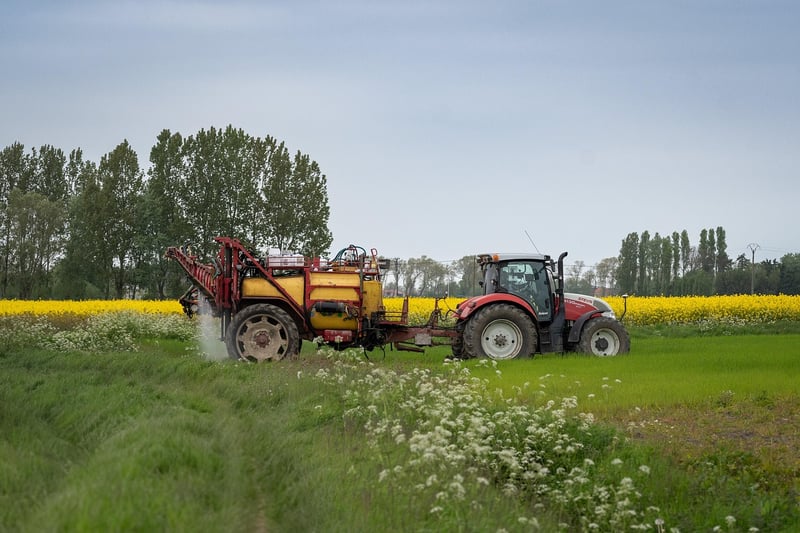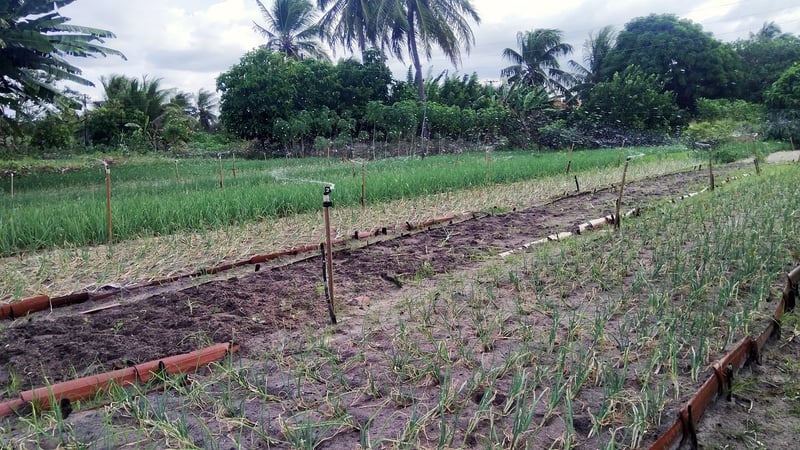Sustainable Practices
The Future of Farming: Innovative Techniques and Sustainable Practices
Farming has been a fundamental part of human civilization for thousands of years, providing sustenance and livelihoods to people around the world. However, with the challenges of climate change, soil degradation, and a growing global population, traditional farming methods are being reimagined to ensure food security for future generations. In this article, we explore innovative farming techniques and sustainable practices that are shaping the future of agriculture.
1. Vertical Farming
Vertical farming is a revolutionary technique that involves growing crops in vertically stacked layers, often in controlled environments like skyscrapers or shipping containers. This method maximizes space utilization, reduces water usage, and minimizes the need for pesticides. Vertical farming allows for year-round crop production and can be implemented in urban areas, reducing the carbon footprint of transporting produce from rural farms to cities.

2. Aquaponics
Aquaponics is a sustainable farming practice that combines aquaculture (fish farming) with hydroponics (soilless plant cultivation). In an aquaponic system, fish waste provides nutrients for plants, and the plants filter the water for the fish. This symbiotic relationship creates a closed-loop system that conserves water, reduces fertilizer use, and increases overall productivity. Aquaponics is an environmentally friendly way to produce both fish and vegetables in a harmonious ecosystem.

3. Precision Agriculture
Precision agriculture utilizes technology such as GPS, drones, and sensors to optimize crop yields and minimize inputs like water, fertilizers, and pesticides. By collecting real-time data on soil conditions, weather patterns, and crop health, farmers can make informed decisions to enhance productivity and sustainability. Precision agriculture improves resource efficiency, reduces environmental impact, and ultimately leads to more profitable and resilient farming practices.

4. Agroforestry
Agroforestry is a land use management system that combines trees and shrubs with crops and livestock in a symbiotic manner. By integrating trees into agricultural landscapes, agroforestry provides multiple benefits such as improved soil health, carbon sequestration, biodiversity conservation, and enhanced resilience to climate change. Agroforestry systems mimic natural ecosystems and promote sustainable land use practices that benefit both farmers and the environment.

By embracing these innovative farming techniques and sustainable practices, farmers can overcome the challenges of modern agriculture while promoting environmental stewardship and food security. The future of farming lies in creativity, technology, and a deep commitment to sustainability.
References:
